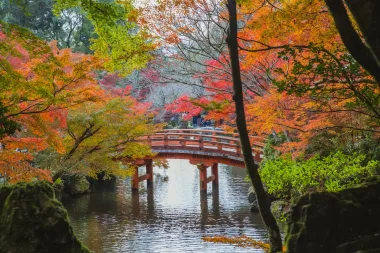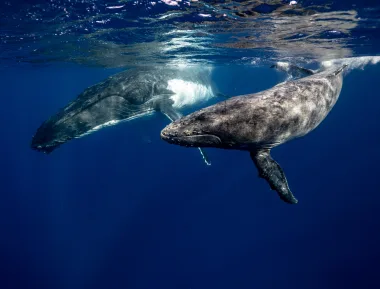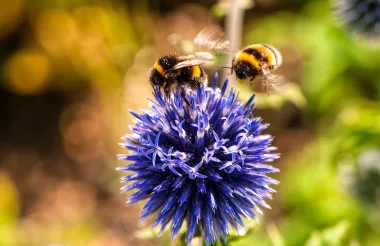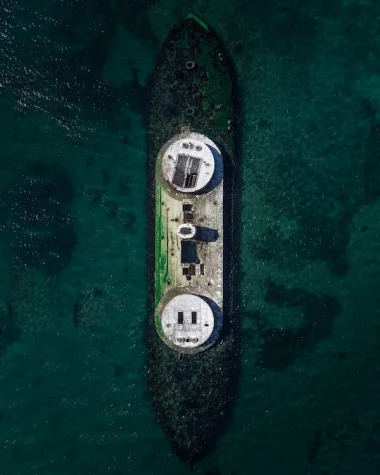Last Updated on April 26, 2024 by Ecologica Life
Lake Hillier is a bright pink lake located on Middle Island, the largest of the islands in the Recherche Archipelago off the coast of Western Australia. It is famous for its bubble gum colour. But why is it pink?
Why is The Pink Lake Pink?
In 1802, Matthew Flinders first suggested that the pinkness of the lake in Western Australia was caused by its salt content. Scientists have later shown that this is only part of the story.
Research from 2022 has demonstrated that the lake is home to a wide range of extremophiles, organisms which are built to survive in harsh conditions. Many of these organisms in Lake Hillier such as Dunaliella salina produce bright pigments which may be contributing to the lake’s strange pink colour.
Dunaliella salina for example is a type of algae that produces a red-orange pigment called beta-carotene. Beta-carotene is found in many fungi, plants and even the fruits and vegetables that we eat!
Can You Swim in Lake Hillier?
Yes, you can swim in Lake Hillier. Just like swimming in the ocean, swimming in a saline lake will do no harm to the skin and the organisms that live there are harmless to humans as well.
Unfortunately, although Lake Hillier was once a tourist attraction, it’s now a protected area that is only open for research. So, while it’s safe to swim in these waters, it’s unlikely that travellers will get permission to do so.
The entire island surrounding Lake Hillier is a nature reserve and remains uninhabited to protect the natural ecosystem there.
Lake Hillier Wildlife
Fish can’t survive in the salty waters of Lake Hillier; however the lake and the surrounding islands do have some unique species.
Little Penguin

The little penguin is the smallest penguin in the world and the only one that nests in Australia. It leaves its nest at dawn to go fishing and returns as dusk.
The Recherché Cape Barren Goose

These geese feed by grazing and rarely swim. Historically, the population of the western subspecies numbered around 1000 birds, but declined in the early 1990s and is now considered to be stable.
The relative rarity of this subspecies makes it vulnerable to extinction.
New Holland Honeyeater
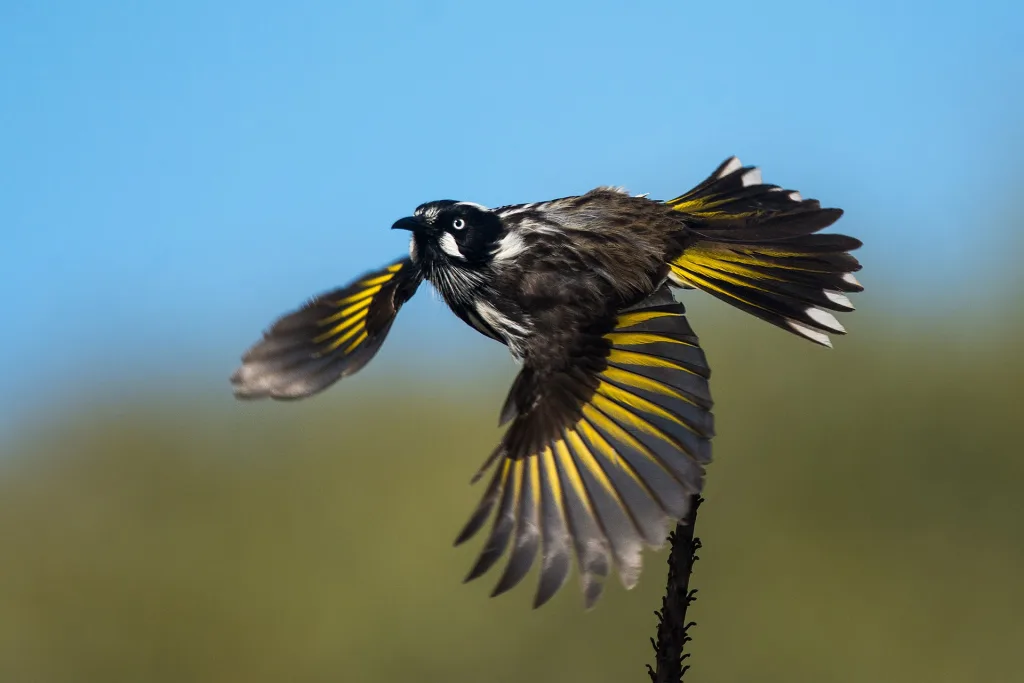
Probably the most common bird in the area. Nests can sometimes be seen about a metre above the ground, especially in Melaleuca trees. This bird has a black face and yellow tail.
Marbled Gecko
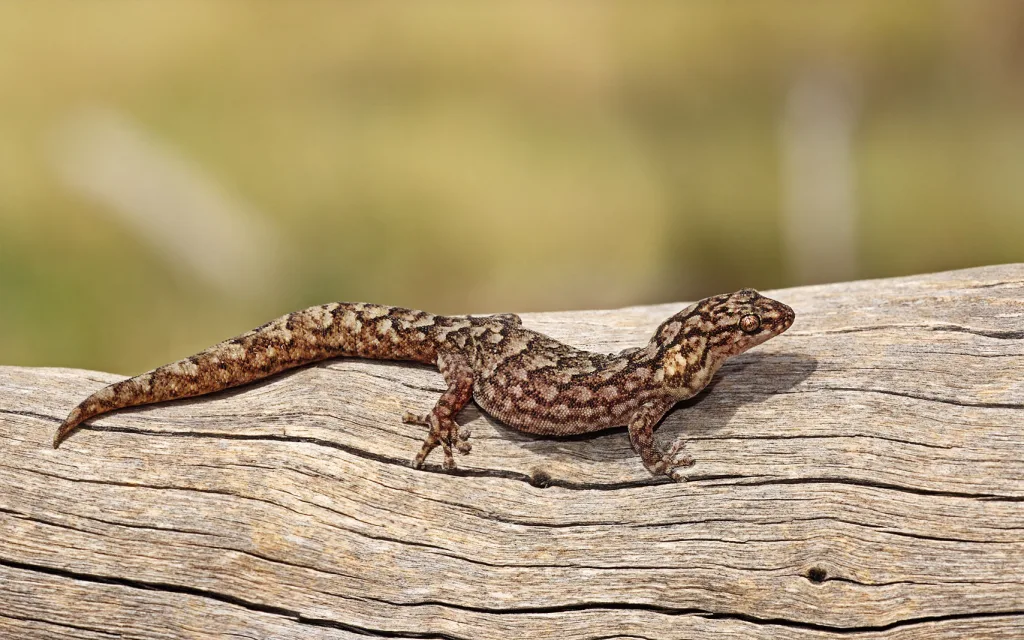
The marbled gecko is often seen either along the coast or on granite rocks. They have a marbled skin texture and appearance, hence their name.
Melaleuca Trees

More than two hundred types of Melaleuca, commonly known as tea trees, can be found in nature. These trees possess healing qualities and are frequently offered for sale in oil form.
Raspberry Jam Tree
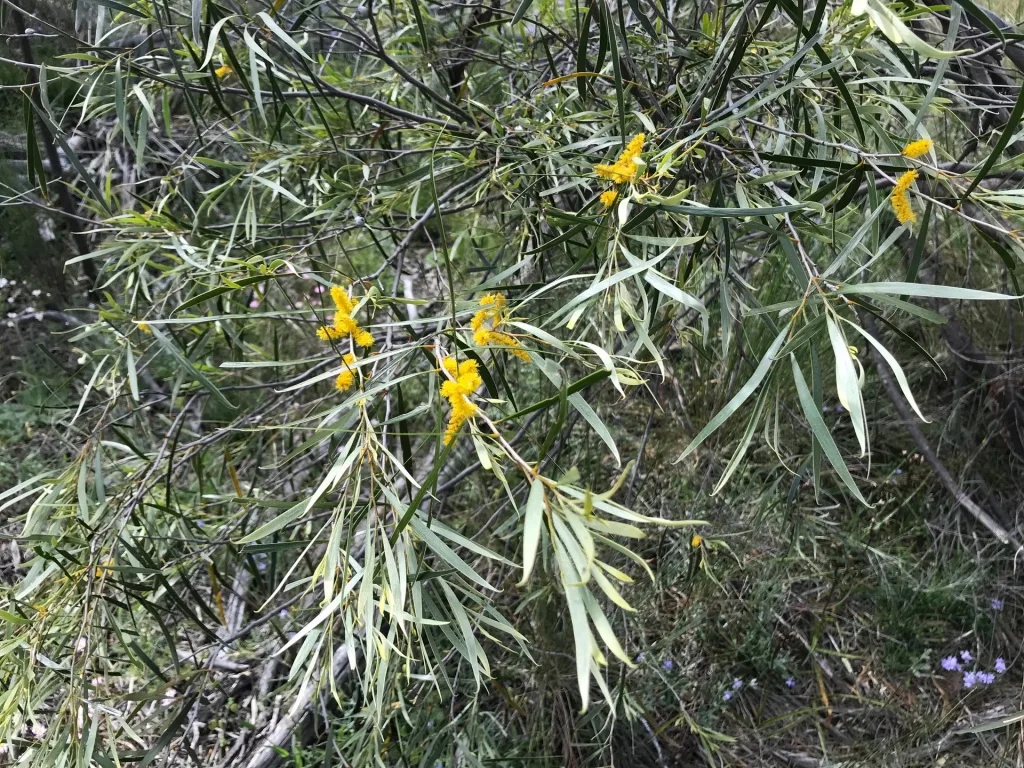
The Raspberry Jam Tree has bright yellow flowers and is said to smell like raspberry Jam.
Eucalyptus
Eucalyptus trees completely surround the lake.
Lake Hillier Facts
Here are some interesting facts about Lake Hillier:
- Lake Hillier is not the only pink lake. In fact, Western Australia is home to several pink lakes and lagoons such as Hutt Lagoon.
- Lake Hillier is eight times saltier than the ocean.
- The colour of the lake never changes.
- The Lake is named after William Hillier. Before the second Matthew Flinders expedition of the lake, one of the crew members of HMS Investigator William passed away. Matthew Flinders then names the lake after him.
- Lake Hillier is about 600 metres in length and 250 metres in width.



